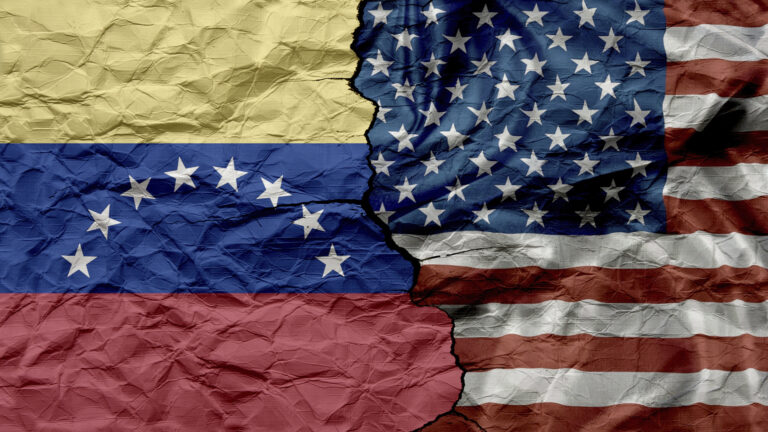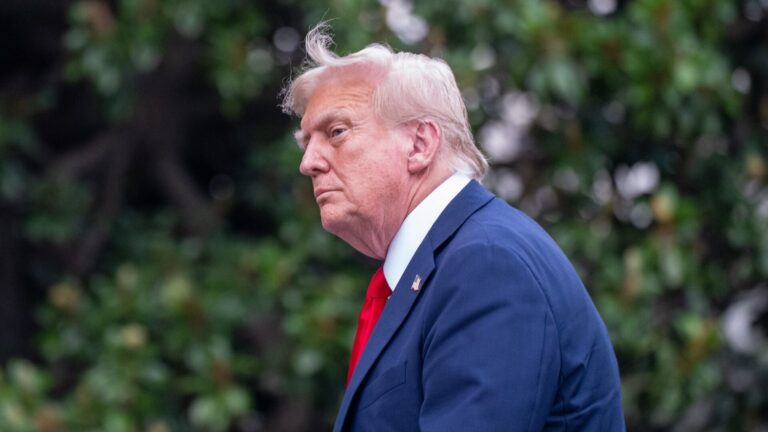Kazakhstan’s sovereign fund struggles to grow steadily due to the high level of government withdrawals. However, the issue goes beyond withdrawals — none of the key stakeholders seem genuinely interested in increasing the fund’s assets.

As of late August 2024, the National Fund held $66.5 billion in total assets, according to the Ministry of Finance, which oversees the fund. The international portion of the fund stood at $62.6 billion, as reported by the National Bank, the fund’s manager.
Since the start of the year, the fund’s assets have risen by 9% and by 18% over the past five years. However, when examining foreign currency dynamics over the last decade, the outlook is less optimistic. The National Fund has shrunk by 26%. In total, the government has withdrawn about $85 billion from the fund since 2016, while only $100 billion has been replenished over that period. On at least three occasions — in 2016, 2017 and 2021 — the fund contributed more to the government than it received. Additionally, in 2022, the sovereign fund reported a significant loss in investment revenue.
Even President Kassym-Jomart Tokayev has often acknowledged the negative trajectory of the National Fund’s assets. During his 2022 presidential campaign, he proposed expanding the fund’s assets to $100 billion. «In the next seven years, the National Fund should reach $100 billion. We must spend less and earn more. We face challenges in generating revenue,» he said in a December 2022 meeting with the cabinet.
This goal is challenging, given the current spending levels Kazakhstan’s government has maintained in recent years. Estimates by Kursiv Research, based on data from the National Bank and the Ministry of Finance, suggest that to reach $100 billion by 2029, the National Fund would need to generate yields twice the average of 3.75% earned over the past five years. Achieving this would require fund managers to adopt a more risk-tolerant investment strategy.
Another approach would be to cut National Fund expenditures, specifically by reducing budget transfers. This idea is reflected in the current asset management strategy for the fund, though actual practice has differed from the plan. In recent years, guaranteed and targeted transfers have accounted for 16% to 32% of the state budget’s revenue. The government’s interventions — such as bailing out major banks and responding to the COVID-19 pandemic — have required additional public spending on infrastructure and the social sector.
This summer, the Ministry of Economy, responsible for budget planning, announced plans for $4.1 billion in guaranteed and $3.2 billion in targeted transfers from the National Fund to the state budget in 2025. However, the draft budget reveals different numbers: $4.1 billion in guaranteed transfers and $6.6 billion in targeted transfers, reflecting a 46% increase in withdrawals.
As Kursiv.media noted in an analysis of the National Fund’s 20-year history, the more actively the authorities use the fund’s assets, the less prepared the country becomes for potential long-term strategic risks. Yet, there seems to be little concern in Astana, the capital city of Kazakhstan.
Economic growth — a key focus of Kazakhstan’s domestic policy — must be achieved now, not in the mid-term or after structural reforms. For example, the current number of schools lags behind the growing student population. If this issue isn’t addressed now, the country’s labor force could deteriorate in five to 10 years. Additionally, the government is reluctant to delay efforts to modernize of the energy infrastructure.
Kazakhstan’s leadership may have grown weary of waiting for «highly effective» projects from foreign investors, whose capital is vulnerable to external factors. It is far easier to work with local investors, whom the government can control or even penalize if things go wrong. Astana has also stopped encouraging commercial banks to invest in the corporate sector. The new tax code imposes a 15% corporate income tax on financial institutions lending to the corporate sector, down from 25%, but this incentive is unlikely to yield immediate results.
Looking at the available options, it’s clear that Kazakhstan’s government sees no real alternative to increasing withdrawals from the National Fund.
Moreover, it’s difficult to find anyone in Kazakhstan truly interested in saving or growing the fund’s assets. The president has committed to boosting the fund while aiming for economic growth, promoting entrepreneurship and ensuring fair wages — all of which require substantial financial commitments. Yet, the cabinet often finds itself short on funds.
The legislative branch sometimes voices frustration over the government’s handling of national finances, but without a shadow cabinet to propose alternative solutions, it has limited influence. The business community is also content to receive new orders or direct investments from development institutions. Like the government, companies need to cover their expenses, invest in growth and show profitability now, not later.
Furthermore, ordinary Kazakhstanis prefer spending to saving. They have actively withdrawn pension assets from the Unified Accumulative Pension Fund and would likely support transferring all the National Fund’s money to cover current spending needs. In this context, the only hope for the National Fund and future generations of Kazakhstanis may be a «miracle» in the form of high oil prices, something Kazakhstan has already experienced once before.













